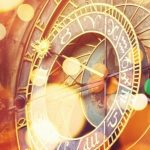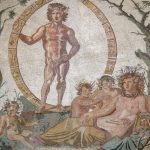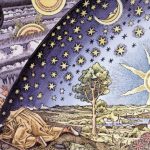The ancient times had a very different view of astrology, though some practices still remain today. Several belief systems were incorporated to study the effect of celestial bodies on terrestrial life. A profound look clearly justifies a strong relationship between astrological phenomena and human affairs. The field of astrology has always been a fascination for generations. However, it usually lacks evidence to support its predictions. But with the advent of modern systems and contemporary astrological charts, accurate predictions are possible. One thing to understand is, astrology is driven by supernatural means to seek knowledge of the future.
A Quick Study on Astrology
Contradiction and exaggeration are the strong influences of the beliefs and the study of astrology. Once considered a science, it’s now a pseudoscience. This means, astrological predictions are not based on scientific methods, unlike astronomy. There have been several instances where false claims have been made. Various tests have shown the extent to which astrology is feasible and effective.
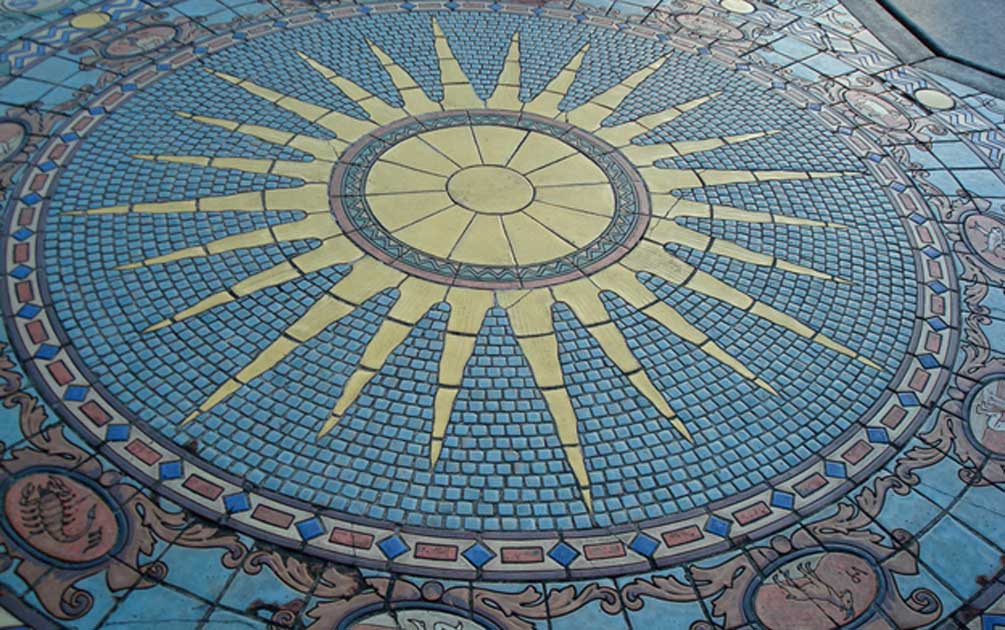
However, major improvements and detailed research and study has enabled a precise prediction and the formulation of relevant resolutions for astrological influences. Predictions were more of a chance, that always questioned astrological theory.
Astrology Before the Babylonian Era
The period of 30,000-10,000 B.C. is the original roots of astrology. The earliest civilization knew the stars even before the development of the maps of the earth. The phase shows a mysterious phase of astrology with several indications of lunar phases.
2,400-331 B.C.
The Babylonians were renowned for their investigation of celestial objects. They scanned for genuine significance in the sky with continuous exploration and comprehensive study. Babylonians could draw precise discoveries of heavenly bodies utilizing mathematical calculations. They enhanced astrological knowledge through divination, incorporating a set of 32 tablets engraved with liver models. These tablets were the oldest detailed writings of Babylonian divination.

Horoscopic astrology was presented by the Babylonians driven by the developments of the celestial bodies. Determining future conditions included watching the space through time. They related unpropitious occasions to issues experienced on Earth in everyday lives. A strong conviction that divine beings’ exercises affect lives is the fundamental source to draw conclusions about great and awful happenings.
331 B.C.-5th Century A.D.
Astronomers in Ancient Greece always observed planetary motions to come up with geocentric cosmological models. These were very important models to develop astrology further. The famous Platonic Academy in Athens introduced astrology as a prominent sphere of philosophy. The movements of heavenly objects influenced a harmony in the universe. Babylonian Astrology had a strong impact on Greek Astrology in third century BC.
The Greeks turned away from the algebraic system to study astrology. They incorporated geometrical models to study, investigate and develop astronomy. The Great Year arrived and made way for a revolutionary change in the divination concept of astrology. Geometrical models were developed to observe planetary positions.
Late Roman Period
Roman calendar came into existence since they doubted the sign under which an individual takes birth. Roman astrologers were famously calledChaldeans. They were the mathematicians who made detailed calculations for the emperor and the study of astronomics. Paulus Alexandrinus brought Roman astrological topics of the 4th century to life.
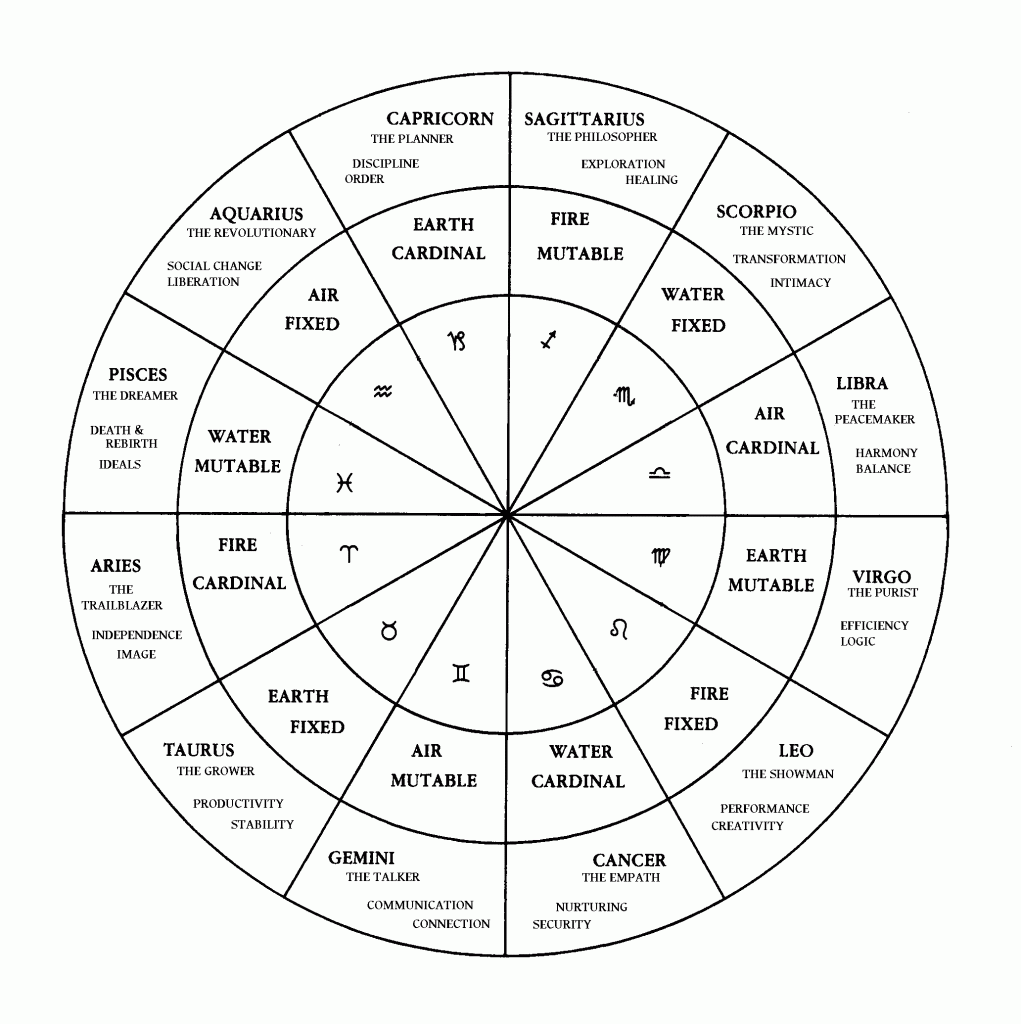
Hephaestion came up with Apotelesmatics in 415 AD to synthesize earlier works of famous Roman astrologers. Julius Firmicus is the brainchild of the most extensive texts of Roman astrology. It is written in Latin.
17th-18th Century: “The Age of Reason”
This is the age of enlightenment and, astrology underwent a complete transformation. Reason, analysis and also the need for evidence gained immense importance across Western Europe. Science also made all efforts to reform society and to introduce temperance and balance. During that time, astrology was a mere entertainment and not a science.
20th-21st Century
The early 1920s is the time where newspapers and magazines began publishing Sun-sign based horoscopes. It is there even today and, the drawback is that they only give 12 predictions. This is for the entire world. Hence, it’s become a form of entertainment since deep study of astrology is absent.
Later, computers helped draft various charts to predict the future more accurately. Laborious charts done by hand is a thing of the past though, some astrologers still do.
The Medieval Times
In Medieval Europe, Hellenistic and Arabic astrological texts translated into Latin. Then astrology gained more importance. It is during the 17th and 18th century in Europe that inspired a definitive split between astrology and astronomy. Before that, both were famous as the field of science. But the Medieval European times proved astronomy as natural science and astrology a pseudoscience.

Islamic Revival
Masha’allah teamed up with other astrologers in 740 – 815 AD. He worked on electional horoscope to establish Baghdad. He had the knowledge of both the Indian and Persian astrology. This combination became an authoritative astrological source in the Islamic World. He also introduced a cosmological model to incorporate precession of the equinoxes. He is the man behind the idea of Jupiter and Saturn influencing prominent mundane events.
Albumasar carried an encyclopaedic knowledge about astrology. He is the author of The Great Introduction to Astrology and The Great Conjunctions. His second book also gave special focus to Jupiter and Saturn.
Conclusion
From this article, it’s clear that there exists a virtual but powerful connection between various stages of astrology. There are important astrological concepts from ancient days in incorporation even today. It serves as the foundation for the study of astrology. The 19th century astrological charts also enable a more accurate and detailed study and prediction.




